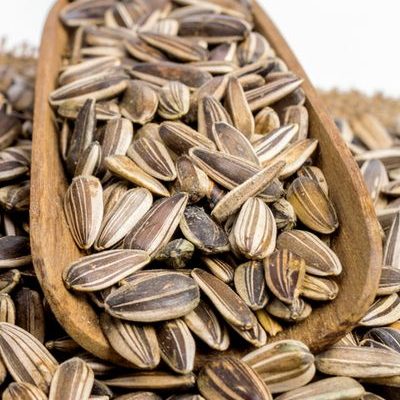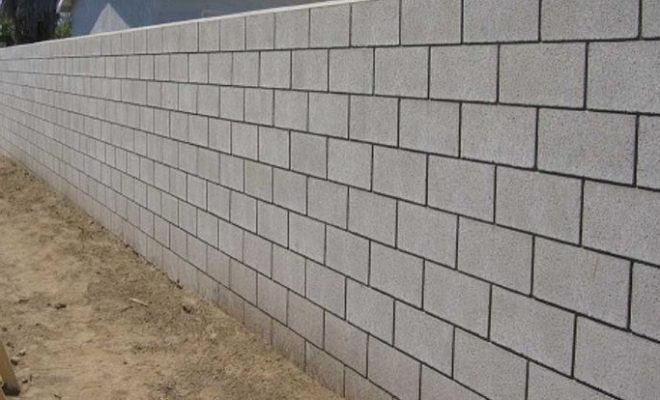How to Plant Sunflower Seeds

Sunflowers are not only beautiful and easy to grow, but they also provide numerous benefits to your garden and even your health. Planting sunflower seeds is an enjoyable and rewarding activity for both novice and experienced gardeners. In this article, we’ll guide you through the process of planting sunflower seeds step by step.
1. Choose the right variety of sunflower seeds: There are many varieties of sunflower seeds available, including dwarf, giant, and multi-stemmed types. Dwarf varieties are perfect for small gardens or borders, while giant sunflowers can reach heights up to 10 feet or more. Multi-stemmed sunflowers produce several blooms per plant, offering an abundance of flowers.
2. Prepare the soil: Sunflowers thrive in well-draining soil with a pH of around 6-7.5. To ensure optimum growth, amend the soil with organic matter such as compost or aged manure, working it into the existing soil to create a fertile and well-draining environment.
3. Pick the perfect location: Sunflower seeds require full sun to grow – at least six hours of direct sunlight per day. Make sure you choose a spot in your garden that gets ample sunlight and has good air circulation.
4. Determine the best planting time: Sunflower seeds are typically planted in spring after any danger of frost has passed. For a continuous display of sunflowers throughout summer, plant successive batches every two to three weeks until about midsummer.
5. Planting the seeds: Dig a shallow trench about 1 inch deep and sow seeds approximately 6 inches apart for dwarf varieties or up to 24 inches apart for giant varieties. Cover the seeds with soil and gently pat down to ensure good soil contact.
6. Watering: Water seeds thoroughly immediately after planting and continue to keep the area moist until seedlings emerge – generally between 7-10 days. Once seedlings appear, reduce watering to avoid overwatering, keeping the soil uniformly moist but not soggy.
7. Fertilize: To encourage strong and healthy growth, use a high-phosphorus fertilizer when seedlings are approximately 3 inches tall. Continue to fertilize every three to four weeks throughout the growing season.
8. Support: Some sunflower varieties may require support to prevent toppling during windy periods or when heavy blooms weigh down the stalks. Use bamboo stakes or garden canes with soft ties to provide extra stability for your sunflowers.
9. Pest control: Monitor your sunflower plants for common pests, such as aphids and caterpillars. If you notice an infestation, use an appropriate insecticide, neem oil, or introduce beneficial insects like ladybugs to help protect your plants.
10. Harvest: When sunflower seeds are ready for harvest, the back of the flower head will turn yellow-brown and begin to wilt. Cut off the flower head, leaving about a foot of stem attached, and hang it upside down in a cool and dry place until completely dry. Once dry, remove the seeds by brushing them gently with your hand or a soft brush.
Now you have everything you need to know about planting sunflower seeds successfully in your garden. With patience and care, you’ll be rewarded with beautiful blooms that not only enhance your garden space but also attract essential pollinators like bees and butterflies. So go ahead and give it a try – happy planting!






